When enquiring to book into a training program with Sharp 5 the students will be required to complete a Student Suitability Assessment which will be provided by the Administration Team via an email link.
It aims to identify and respond to the learning needs of all students as soon as practicable to maximise the chances of our students successfully completing their training. Students are encouraged to express their views about their learning needs at all stages of their learning experience. We want to help students to identify their learning needs through the enrolment and induction procedure, Student Feedback Forms, email surveys, trainer discussion and an open invitation to approach staff with suggestions at any stage. It is our intention that all trainers are to identify, prior to or at the start of training (whichever is the earliest), the learning and assessment needs of their students and provide access to the required support through their training.
It is essential that the student has language, literacy and numeracy skills sufficient to successfully participate in the training and assessment at the level of competency reflected in the Australian Quality Framework qualification and detailed in the training package and or competency standard from which the course is drawn from.
We recognise that not all people are able to read, write and perform calculations to the same standards. When an issue is identified, a Language, Literacy and Numeracy (LLN) assessment will be provided to the student in question. This may be in the form of verbal or written questioning. We will endeavour to provide assistance to students having difficulty with language, literacy or numeracy to accommodate their needs.
In the event that a student’s needs exceed the ability of Sharp5’s staff to assist, the student will be referred to an external support agency, so they have the opportunity to obtain the skills required to complete the training program.
Sharp5 Industry Training ensures that the learning design supports learners, by allowing flexibility with its delivery and assessment (in accordance with the Training Package Rules) by employing the following strategies:
- Use of demonstrated tasks in a simulated environment.
- Verbal explanations – questions and answers.
- Use of props or practical examples.
- Decreasing reliance of written forms.
- Creating familiar workplace scenarios.
